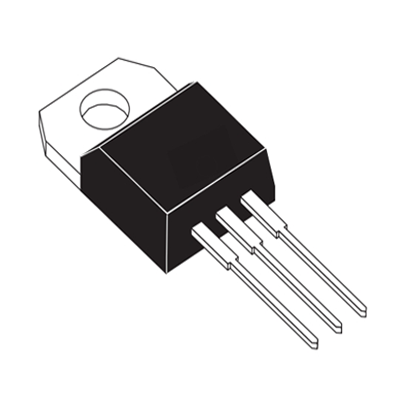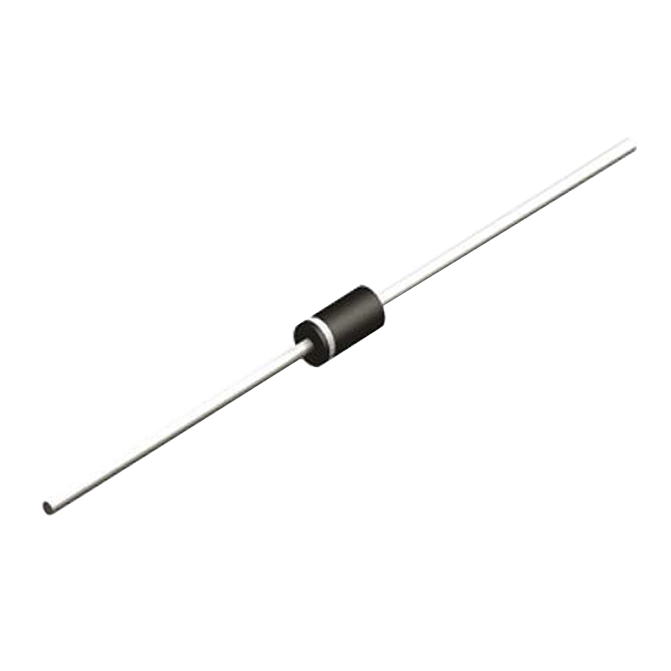BCM56512A0IFEB
BCM56512A0IFEB is a high-performance Ethernet switch chip developed by Broadcom, belonging to the StrataXGS series. It is primarily designed for high-density, high-performance switching needs in data centers, enterprise networks, and carrier networks.
Key Parameters:
- Architecture: Based on the StrataXGS architecture, supporting high-performance switching and routing functions.
- Port Configuration:
- Supports up to 48 10GbE (10 Gigabit Ethernet) ports.
- Supports multiple 40GbE and 100GbE uplink ports.
- Switching Capacity: Up to 1.28 Tbps (specific values need to refer to the datasheet).
- Packet Processing Capability: Supports line-rate forwarding with a processing capacity of up to 960 Mpps (million packets per second).
- Functional Features:
- Supports advanced features such as VLAN, QoS, ACL, ECMP, etc.
- Supports SDN (Software-Defined Networking) and OpenFlow protocols.
- Integrated hardware acceleration, supporting network virtualization and tunneling protocols (e.g., VXLAN, NVGRE).
- Power Consumption: Typical power consumption ranges from 30W to 50W (specific values need to refer to the datasheet).
- Package: Large BGA package (specific dimensions and pin counts need to refer to the datasheet).
- Operating Temperature: 0°C to +70°C (commercial grade) or -40°C to +85°C (industrial grade, specific models may vary).
Application Scenarios:
- Data Centers:
- Used for high-density server interconnects and storage networks, supporting high-bandwidth and low-latency data switching.
- Supports network virtualization and multi-tenant environments, suitable for cloud computing and big data applications.
- Enterprise Networks:
- Used in core and aggregation switches, providing high-performance LAN and WAN connectivity.
- Supports advanced network management and security features, such as VLAN segmentation and access control.
- Carrier Networks:
- Used in metropolitan area networks (MAN) and backbone networks, supporting high-bandwidth Ethernet services.
- Supports carrier-grade features such as MPLS, QoS, and traffic engineering.
- High-Performance Computing (HPC):
- Used in cluster interconnects and distributed computing environments, providing low-latency and high-throughput network connectivity.
- Network Virtualization:
- Supports SDN and NFV (Network Functions Virtualization), suitable for flexible deployment in modern network architectures.
Advantages:
- High Performance: Supports high-density 10GbE, 40GbE, and 100GbE ports, meeting high-bandwidth demands.
- Flexibility and Scalability: Supports various network protocols and virtualization technologies, adapting to different network environments.
- Low Latency: Hardware acceleration and line-rate forwarding ensure low latency and high throughput.
- Energy-Efficient Design: Optimized power consumption design, suitable for large-scale deployments.
Welcome to consult!



